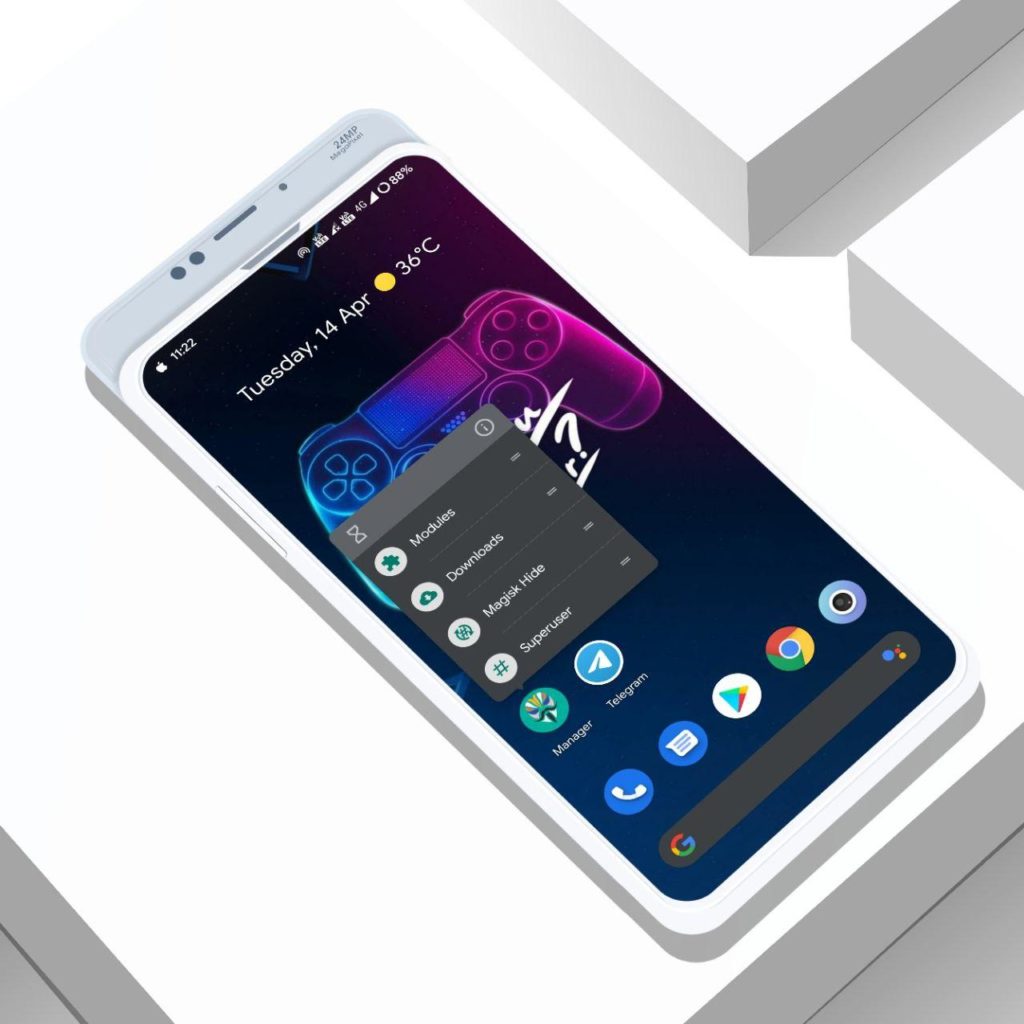The Poco M4 Pro 5G has a 6.67-inch IPS LCD display with a resolution of 1080 x 2400 pixels and a pixel density of 395 PPI. While the M4 Pro is not waterproof, it does come with IP52 protection that keeps the device safe from dust and light splashes. The phone has a plastic frame with a metal-like finish, and the back panel is made of polycarbonate with a matte finish.

The frequency itself is dynamic and can vary depending on the task. The smartphone can automatically set 50, 60, 90 or 120 Hz depending on the running apps and user interaction. Specifications like these imply that we have a pretty good screen. The brightness is almost always enough, but the auto brightness does not work quite correctly and often you have to move the slider manually. Viewing angles are typical for IPS, and the picture doesn’t not get distorted. But at diagonal angles, the contrast of dark tones is lost is usual. Once again we will return to the Poco X3 NFC, because the design of the new Poco X3 Pro is almost identical.
If you’re going to update a security patch to the current month, don’t go for the manual method. Again, charge the phone to at least 30% so that the flashing process will not be interrupted by low battery.
- We’ll be taking a closer look at the features, performance, and overall value of each device to help you decide which one is the right fit for you.
- Benchmark scores and gaming performance show a significant boost over Qualcomm’s Snapdragon 700-series chipsets.
- The ultra-wide module shoots just fine, for 8 megapixels.
- The design is also fetching, and the phone includes 50W charging support.
Night mode helps, but results are still below what other comparably priced phones are capable of. Benchmarks are only one thing of course, but in daily use the X3 Pro proves its worth. This is the fastest, smoothest budget phone I’ve probably ever tested – if the design didn’t give it away, you really would think this was a high-end piece of kit.
- With over 11+ hours of video playback time and 17+ hours when browsing the web, the battery life was exceptional.
- He leads the site’s coverage of Chinese phone brands, contributing to reviews, features, and buying guides.
- It delivers good performance, has a really sleek and premium design and is equipped with a large and powerful battery enough to grant you a full day of use.
- None of these quirks are deal-breakers but there’s definitely room for Poco to iron out the inconsistencies.
- As seen on similar comparison tests, though the gap in CPU performance continues to stock firmware ROM slim, older flagship chipsets still maintain a healthy advantage in terms of GPU.
You still get a large phone with a massive battery, and the POCO branding at the back is just as prominent. With dimensions of 165.3 x 76.8 x 9.4mm and a weight of 215g, the X3 Pro is one of the largest and heaviest phones in this category. POCO is also set to kick off sales of the X3 Pro in the UK and other European markets in the coming weeks. The phone will be available with up to 8GB of RAM and 256GB of storage, and the base 6GB/128GB version will debut at €249 ($295) with an introductory price of €199 ($235). The phone is available in Frost Blue, Phantom Black, and Metal Bronze color options. The flagship chipset immediately makes the X3 Pro stand out.
